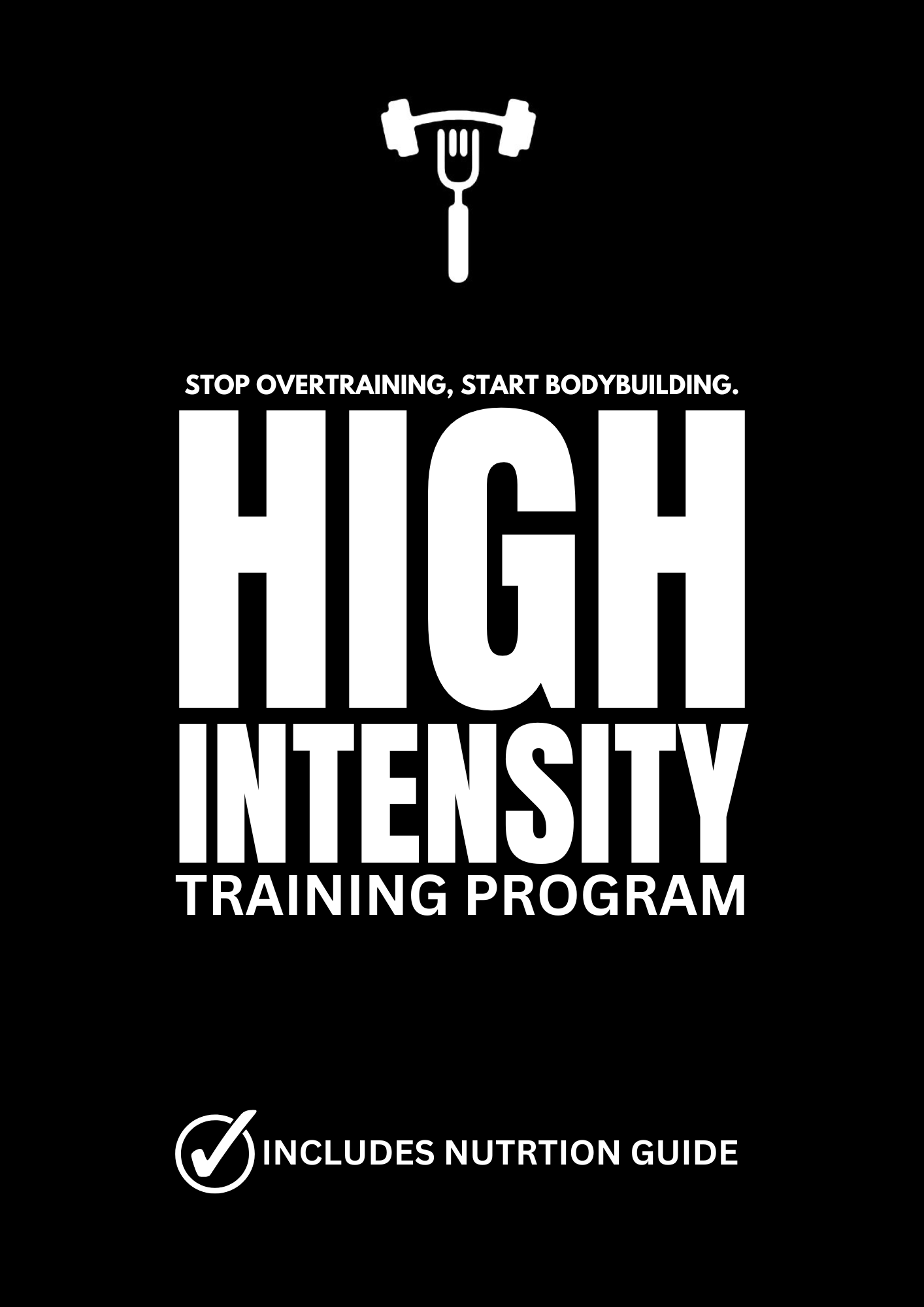The Power of Super Slow Training

Mike Mentzer, an iconic figure in the world of bodybuilding and fitness, left an indelible mark on the sport during the 1970s and 1980s. Beyond his remarkable physique, Mentzer's legacy includes his pioneering contribution to the Super Slow training system, a revolutionary approach that emphasizes deliberate and controlled movements during weightlifting exercises. In this article, we will explore the essence of Super Slow training, its numerous benefits, and the unique technique of slow reps that Mike Mentzer championed.
What Is Super Slow Training?
Super Slow training, also known as slow resistance training or slow-motion strength training, is a form of strength training that prioritizes intentional, slow, and controlled tempo during exercises. Unlike traditional training methods that focus on high-speed repetitions, Super Slow training suggests a pace of approximately ten seconds per repetition for both the lifting and lowering phases. This prolonged time under tension optimizes muscle fiber recruitment and activation, resulting in more efficient and effective workouts.
Super Slow Training Benefits:
1. Stimulated Muscle Growth and Strength:
Performing exercises at a slower pace extends the time muscles spend under tension, leading to increased muscle fiber recruitment. This breakdown and subsequent growth during recovery make Super Slow training an effective strategy for overcoming strength plateaus.
2. Time Efficiency:
Super Slow training allows for shorter yet intense workouts. The extended duration of each repetition means that individuals can achieve optimal results in less time, making it an ideal choice for those with busy schedules.
3. Reduced Risk of Injury:
The deliberate and controlled movements inherent in Super Slow training reduce the likelihood of using excessive momentum or incorrect form. This decreases the risk of muscle strains or joint damage, making it a safer option for those recovering from injuries or dealing with joint issues.
Mike Mentzer's Slow Reps Technique:
Mike Mentzer's contribution to Super Slow training was marked by his emphasis on slow reps. Advising clients to follow a 4-second up and 4-second down tempo for each repetition, Mentzer believed that this deliberate approach enhanced muscle fiber recruitment and fatigue. By incorporating a 2-second hold in the contracted position, Mentzer increased time under tension, optimizing muscle growth and strength development.
Mentzer's emphasis on slow reps revolutionized traditional beliefs that more repetitions equaled better results. By reducing the overall number of repetitions required, he not only saved time but also minimized the risk of overtraining and excessive joint stress.
Conclusion:
Super Slow training, epitomized by Mike Mentzer's emphasis on slow reps, stands as a groundbreaking approach in the realm of bodybuilding and fitness. This deliberate and controlled method offers a myriad of benefits, from stimulating muscle growth to minimizing the risk of injury. As enthusiasts continue to explore innovative training methodologies, the legacy of Mike Mentzer and Super Slow training remains a testament to the enduring impact of strategic and intentional approaches to physical fitness.
For more info on High Intensity Training, join our FREE newsletter! Click here.

